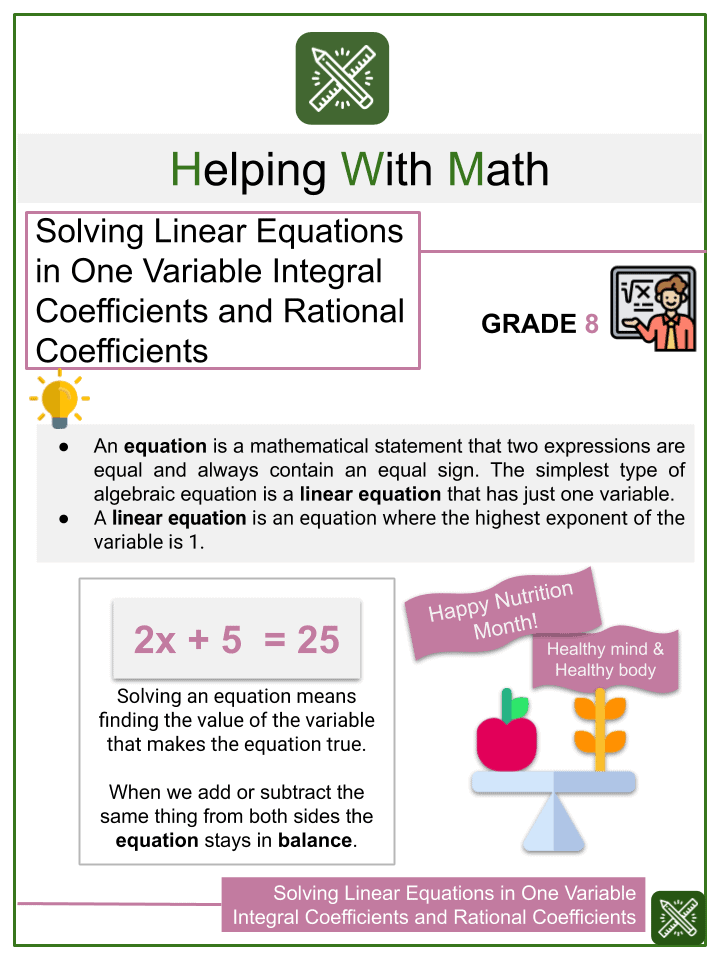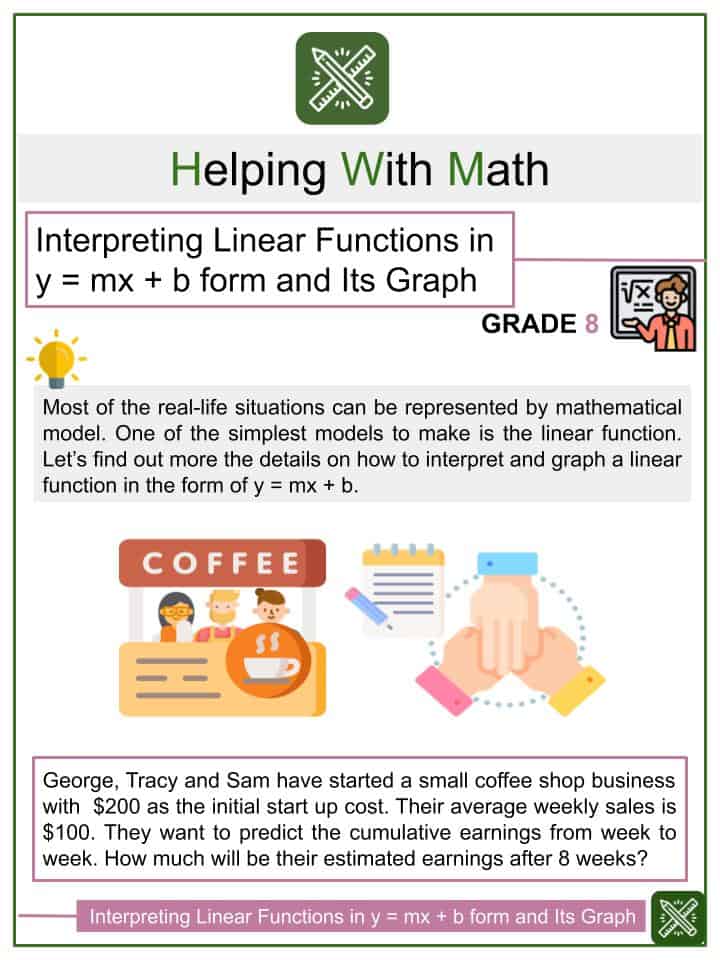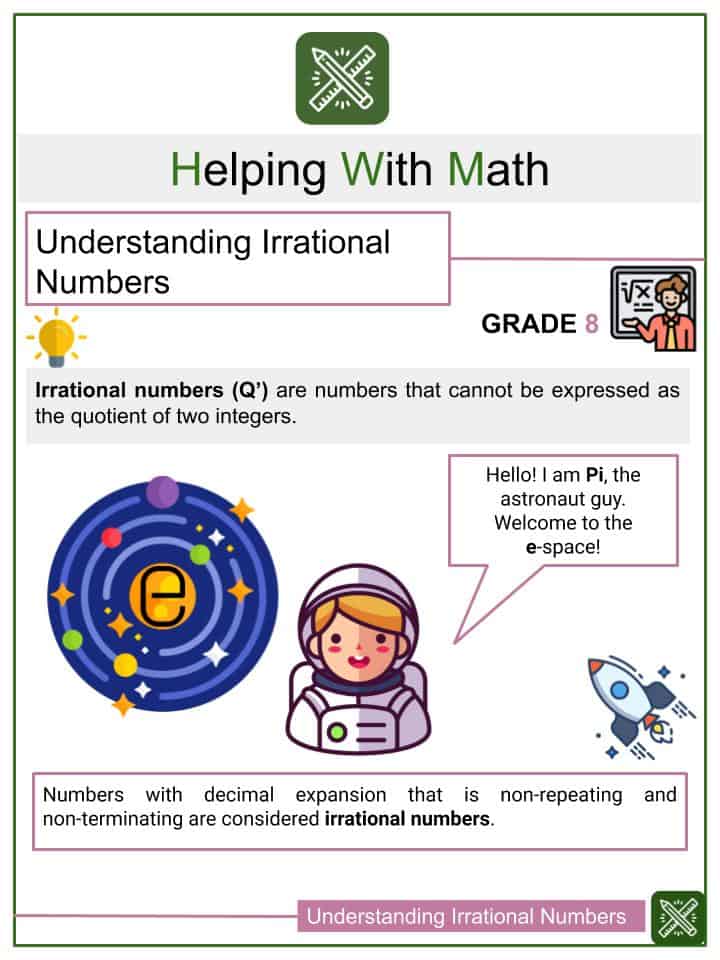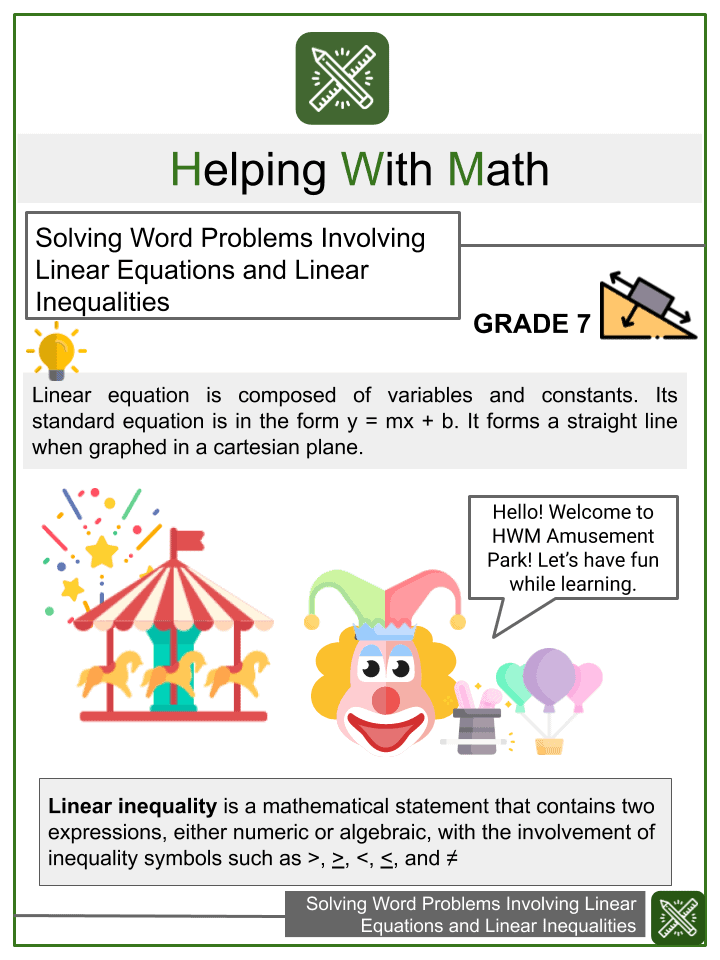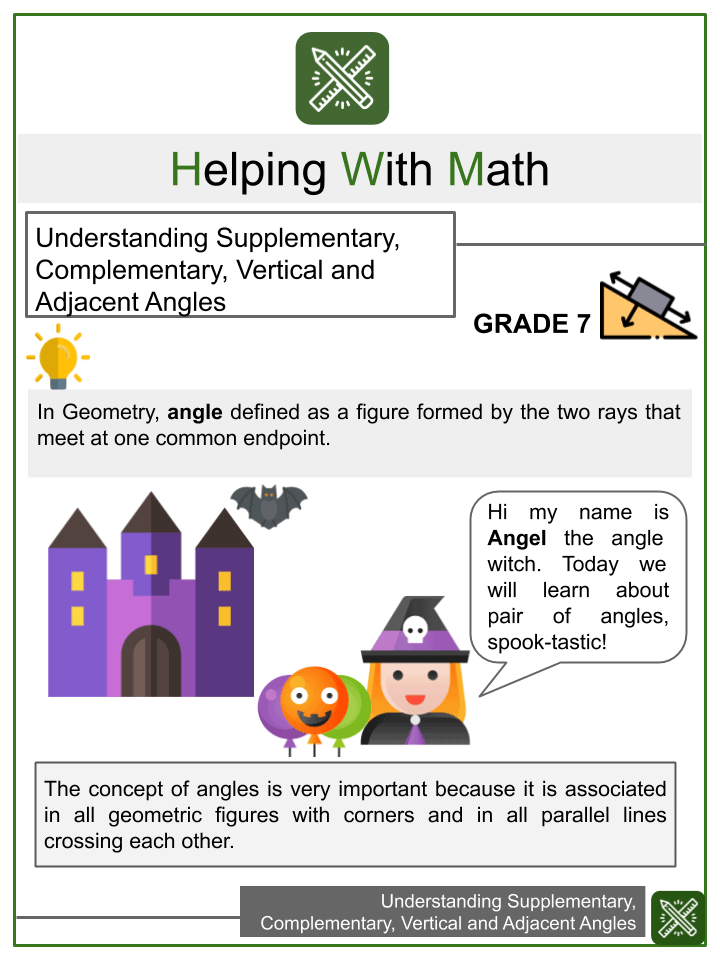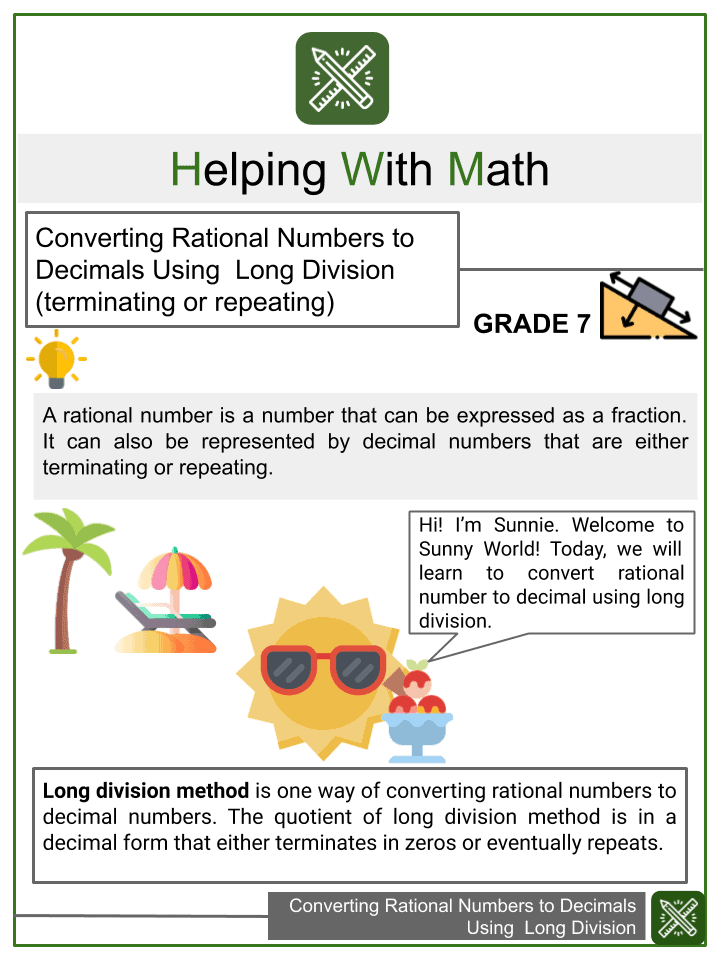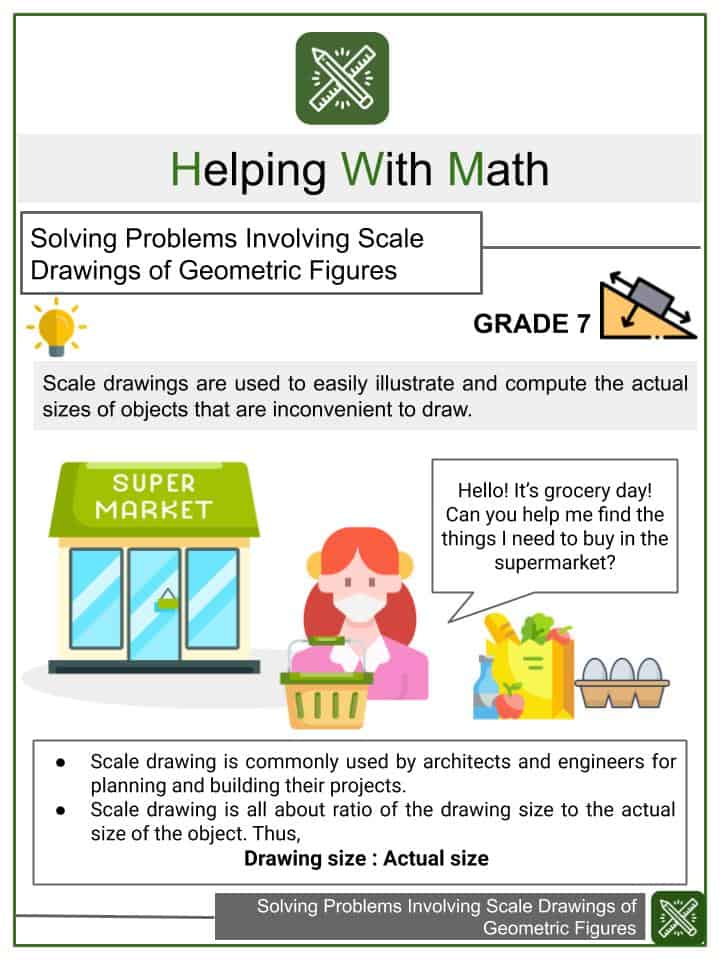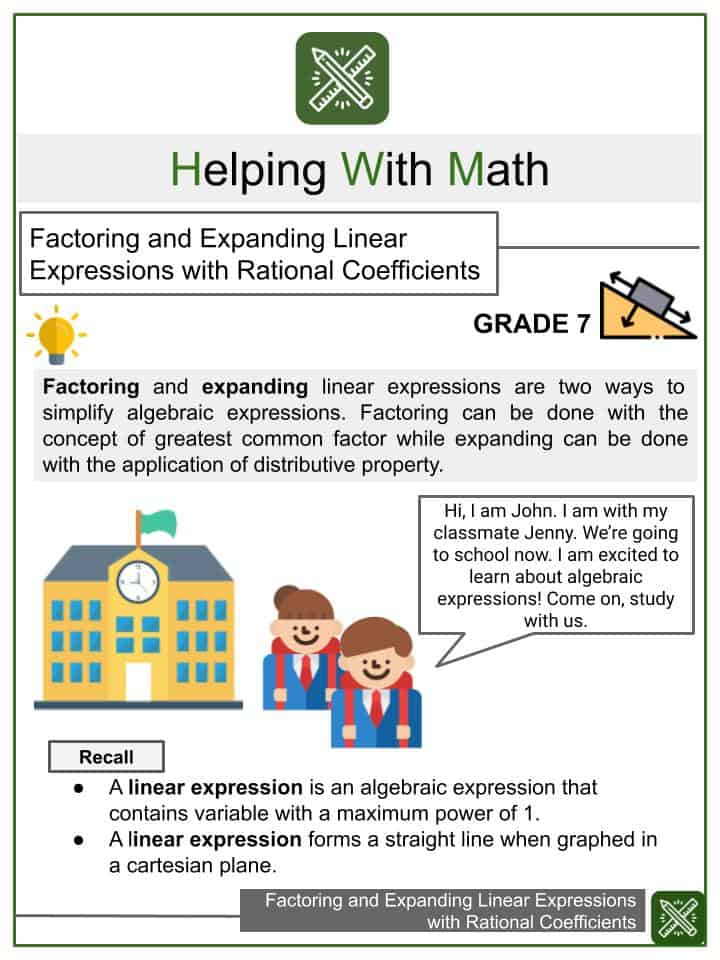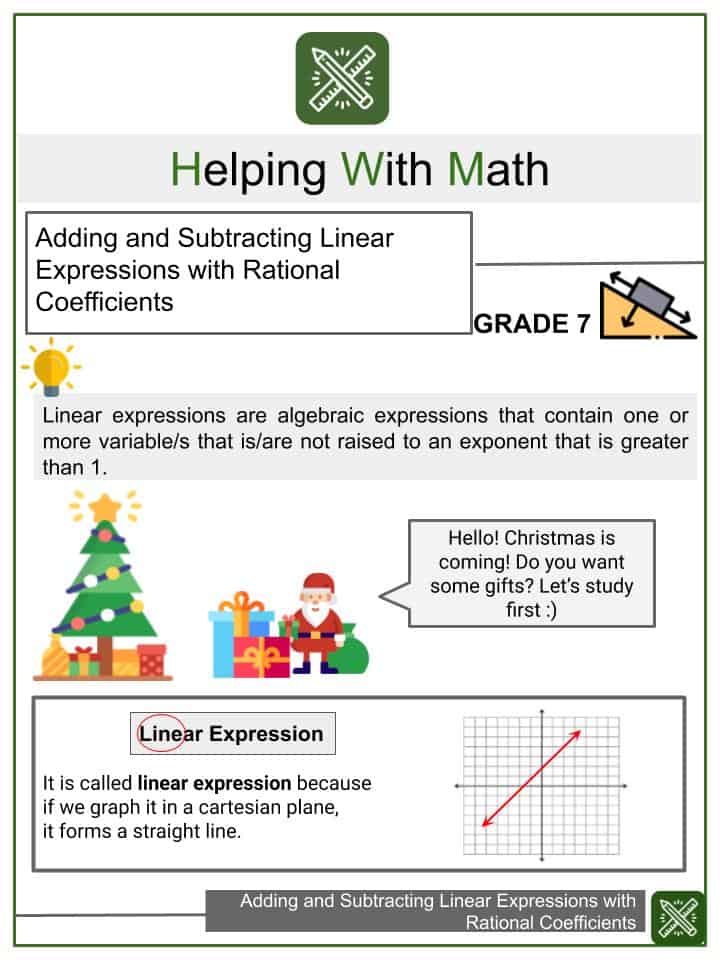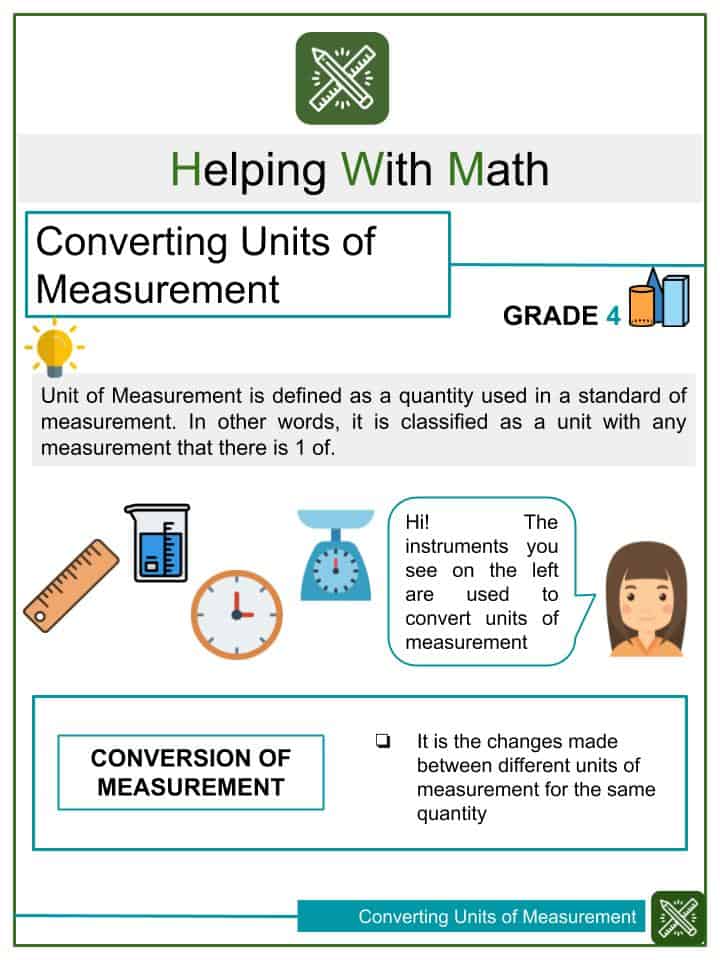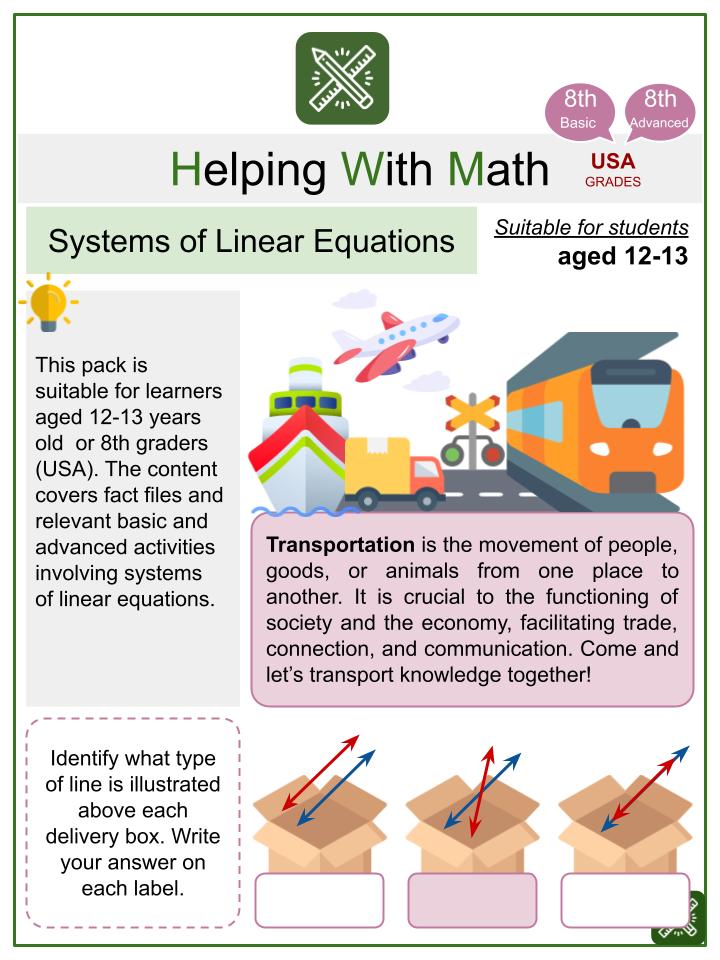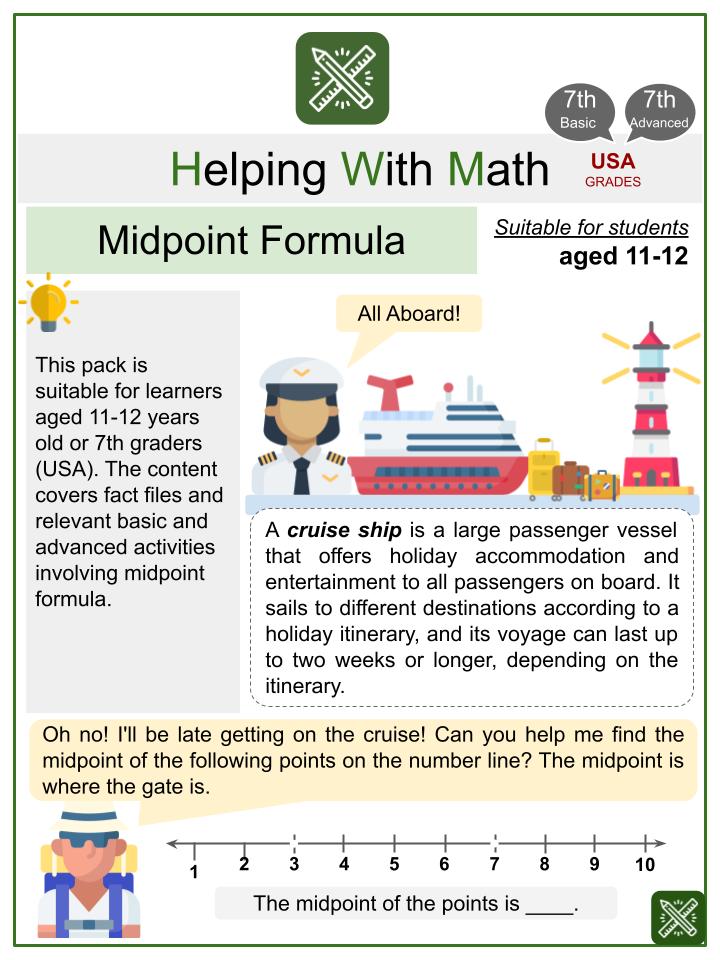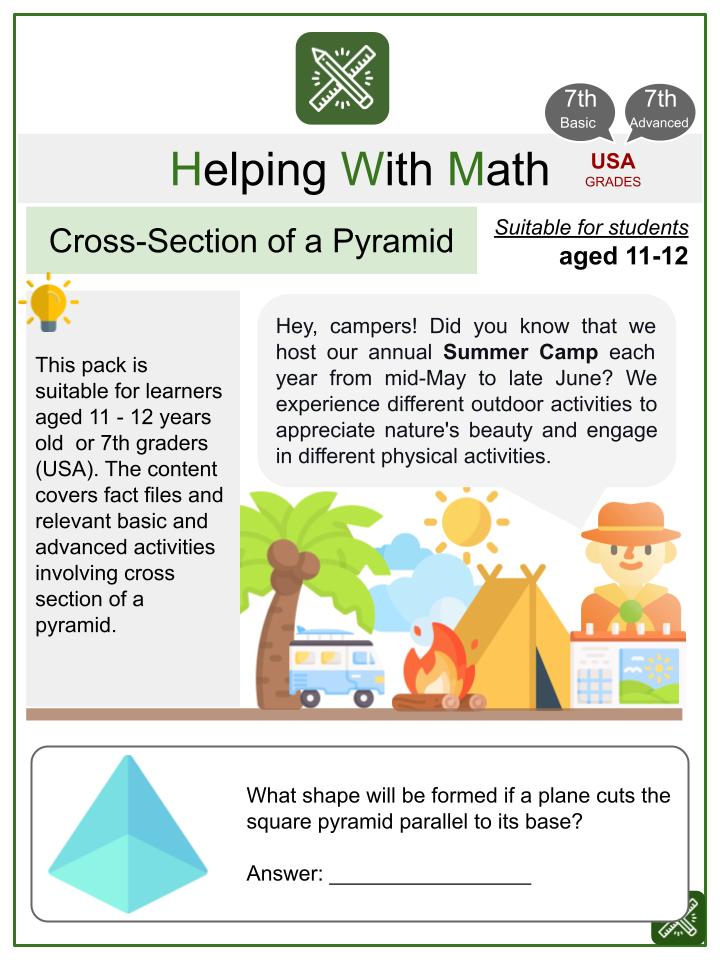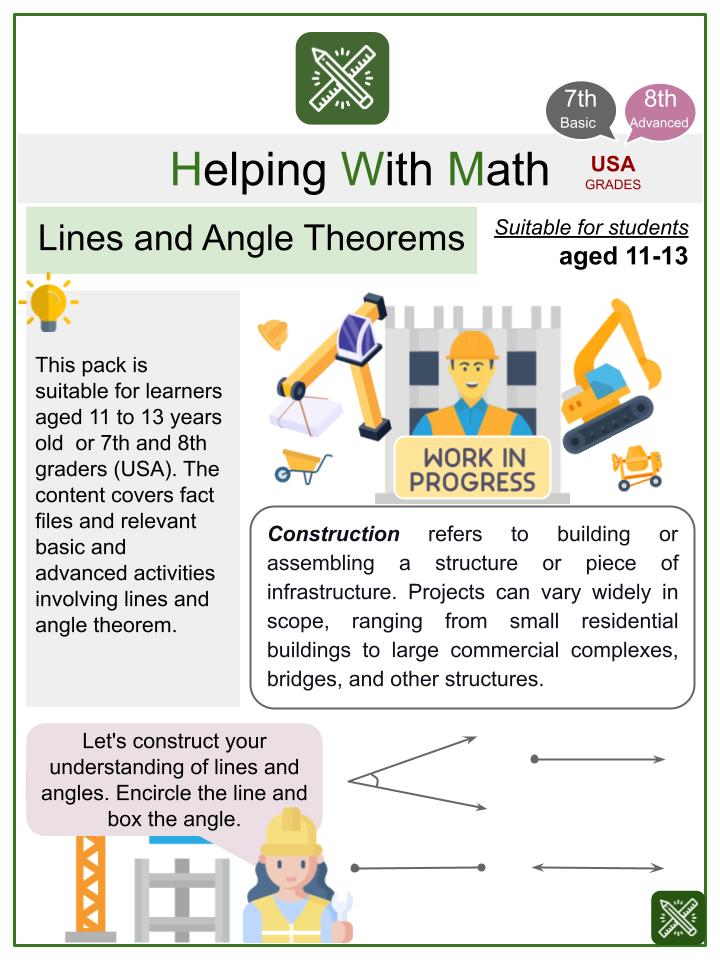Age 11-13 Math Worksheets
In this section, you can view all of our math worksheets and resources that are suitable for 11 to 13-year-olds.
We add dozens of new worksheets and materials for math teachers and homeschool parents every month. Below are the latest age 11-13 worksheets added to the site.
11-13 Years Of Age Math Learning Objectives & Standards:
- Learners aged 11-13 dwell with rational and irrational numbers as well as algebraic rational expressions. Here, they should be able to differentiate rational numbers from irrational numbers. In addition, they must attain mastery of performing the four basic fundamental math operations involving rational algebraic expressions. As they dig deeper into the world of advanced algebra, learners will be exposed to solving and simplifying radical expressions and functions. They are tasked to generate algebraic expressions to represent a particular scenario and to formulate functional models to show the input-output relationship of two variables/phenomenon. They are also given opportunities to extend their understanding of coordinate planes by plotting points and sketching the graphs of some functions.
- Moreover, learners at this age bracket are introduced to the concepts of linear equations and inequalities. They are expected to generate equations from table or values or graph and use this to explain a trend or behavior of the relationship of two variables. They also learn about proportional relationships and systems of linear equations.
- In Geometry, learners investigate shape transformations in coordinate planes — they determine the new coordinates of a geometric figure once it is reflected, translated, etc. They are also starting to conduct formal and informal proofs to show similarity and congruence of shapes/ geometric figures. Lastly, learners are expected to display better understanding of line and angle theorems as well as the Pythagorean Theorem.
- Learners widen their knowledge of other branches of mathematics by discussing Statistics, Probability, and scientific notations. Topics under Statistics cover box plots, histogram, frequency polygons, population, sample, sampling techniques, statistical inferences and simple linear regression. For Probability, lessons include fundamental counting principle (FCP), union and intersection of sets, probability models, and probability of simple and compound events. In the latter part, learners explore the concepts of scientific notations, operations involving scientific notations, etc.

